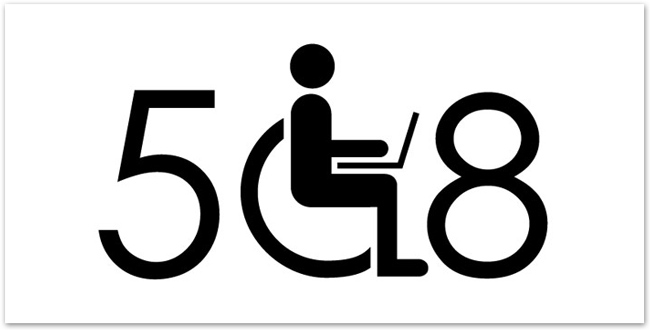ADA Section 508 is a law requiring website owners to make their websites accessible to people with disabilities, either by using tools such as accessiBe or other means. This includes making sure all content is accessible, including images, videos, and documents. If your website isn’t compliant, you could face legal penalties. This article will explain what ADA Section 508 is and how you can make your website compliant.
Since its inception in 1990, the Americans with Disabilities Act (ADA) has been working to protect the rights of people living with disabilities. The ADA is a wide-ranging civil rights law that prohibits discrimination against people with disabilities in all areas of public life, including employment, education, transportation, and access to public services and facilities. The ADA also requires that people with disabilities have access to information and communication technologies, such as the internet.
This is where ADA Section 508 comes in. Section 508 is a part of the ADA that specifically requires website owners to make their websites accessible to people with disabilities. This includes making sure all content is accessible, including images, videos, and documents. If your website isn’t compliant with Section 508, you could face legal penalties.
Making Your Website Compliant
There are a few different ways to make your website compliant with ADA Section 508. The most common way is to use an accessibility tool, such as accessiBe, which will automatically scan your website and make it compliant with all the latest accessibility standards.
You can also manually add alt text to images, transcripts for videos, and accessible versions of documents. If you’re not sure how to do this, plenty of online resources can help.
Another thing to keep in mind is that your website needs to be compliant with both Section 508 and the WCAG 2.0 accessibility guidelines. The WCAG 2.0 guidelines are standards that outline how to make a website accessible. The US Department of Justice uses them to determine whether a website is compliant with the ADA.
So, if you want to make sure your website is accessible to everyone, you need to make sure it’s compliant with both Section 508 and the WCAG 2.0 guidelines.
The Penalties for Noncompliance
If you don’t make your website compliant with ADA Section 508, you could face legal penalties. The Department of Justice has the power to sue website owners who violate the ADA, and they’ve been known to do so.
In 2017, the Department of Justice sued Domino’s Pizza for not making its website accessible to people with disabilities. The Department of Justice alleged that Domino’s Pizza violated the ADA and that their website was “entirely unusable by individuals with vision, hearing, and manual impairments.”
Domino’s Pizza eventually agreed to make their website accessible and pay $3 million in damages to the plaintiffs. This is just one example of the legal action that can be taken against website owners who don’t make their sites accessible.
So, if you want to avoid facing legal penalties, you need to make sure your website is compliant with ADA Section 508.













